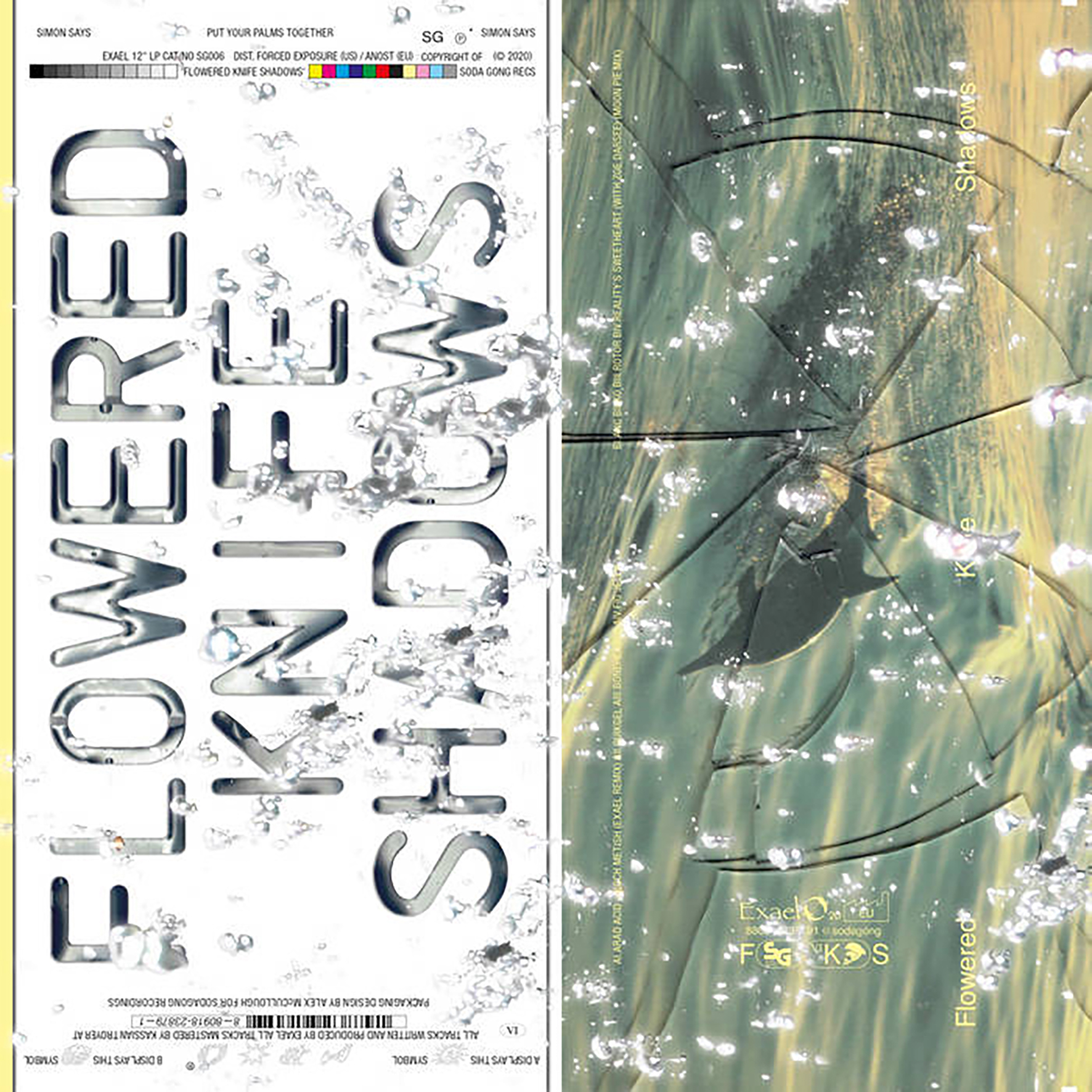
This latest release from Students of Decay’s eclectic sister label comes from prolific and chameleonic Berlin-based producer Naema. On this solo release as Exael, Naema takes the project in an almost single-mindedly rhythm-driven direction that I would roughly categorize as stripped-down or deconstructed techno, but most of the beats are far too idiosyncratic and viscerally pummeling for that to feel quite right. There are also a handful of warmer, more ambient-adjacent pieces that are more in line with what I would expect from someone in the oft-compelling West Mineral Ltd./Experiences Ltd. milieu, as well as a dreamy closing piece that feels almost like hypnagogic pop. While the leftfield surprise of that last piece ("Reality’s Sweetheart") is the most immediately gratifying and memorable moment, the entire album is quite good and masterfully crafted, as Naema is impressively skilled at unleashing skittering and clattering futuristic beats so vibrant and textured that no further accompaniment is needed.
As far as I know, Flowered Knife Shadows is not a concept album, but it nevertheless has an arc that would be completely appropriate for some kind of mechanized sci-fi dystopia narrative. That is not to say that it is dark, but it definitely starts off with jackhammering and precision-engineered percussion assaults that feel like they were created by a cyborg with a real knack for forward-thinking dance music. Then, as the album progresses, the songs start to gradually warm as hints of melody and hissing, crackling ambient textures subtly creep into the mix. In theory, it seems like the latter half of the album would appeal to me more, but early pieces like "Quikgel" and "Boneheaded" are explosive and relentless enough to win me over instantly ("Quikgel" in particular sounds like it was composed by a robot woodpecker with an amphetamine problem). Normally, beats that can be described as "manic" or "hypercaffeinated" tend to grate on me, but Naema is uniquely skilled at quickly and seamlessly evolving from "convulsive" or "obsessively looping" to "sophisticated polyrhythmic onslaught" within the span of a four-minute song. Of course, the more melodic pieces near the end of album are quite good as well, particularly the half-skittering/half-sublime "Anc," the hissing ambient dub of "Rotor," and the lushly melodic, blissed-out finale of "Reality’s Sweetheart" (which sounds like a hypnosis tape transformed into swooningly beautiful futuristic pop). Soda Gong is generally not the first label I turn to when I want to hear a total banger, but Flowered Knife Shadows is exactly that (except when it is something else that is similarly great).
Samples can be found here.



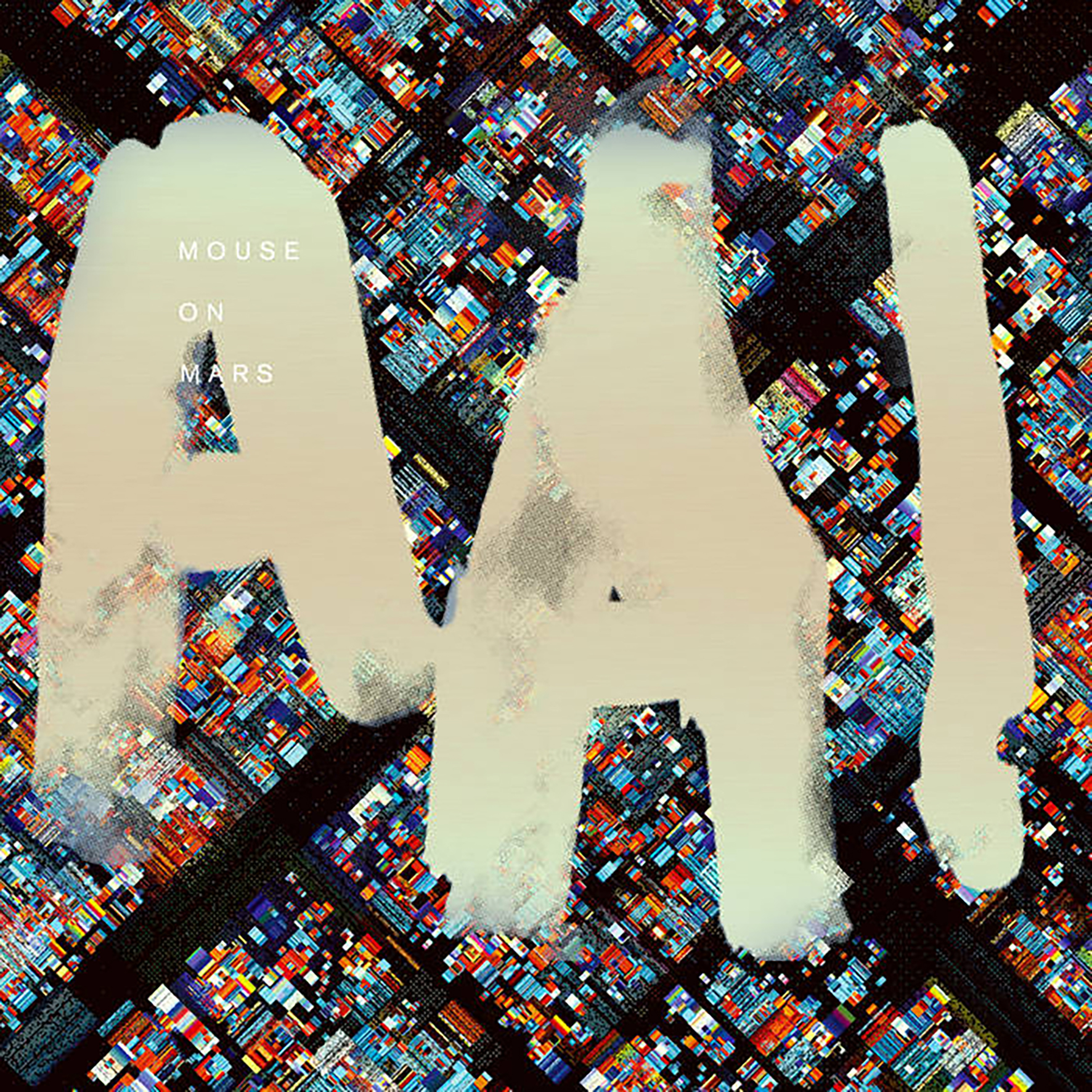
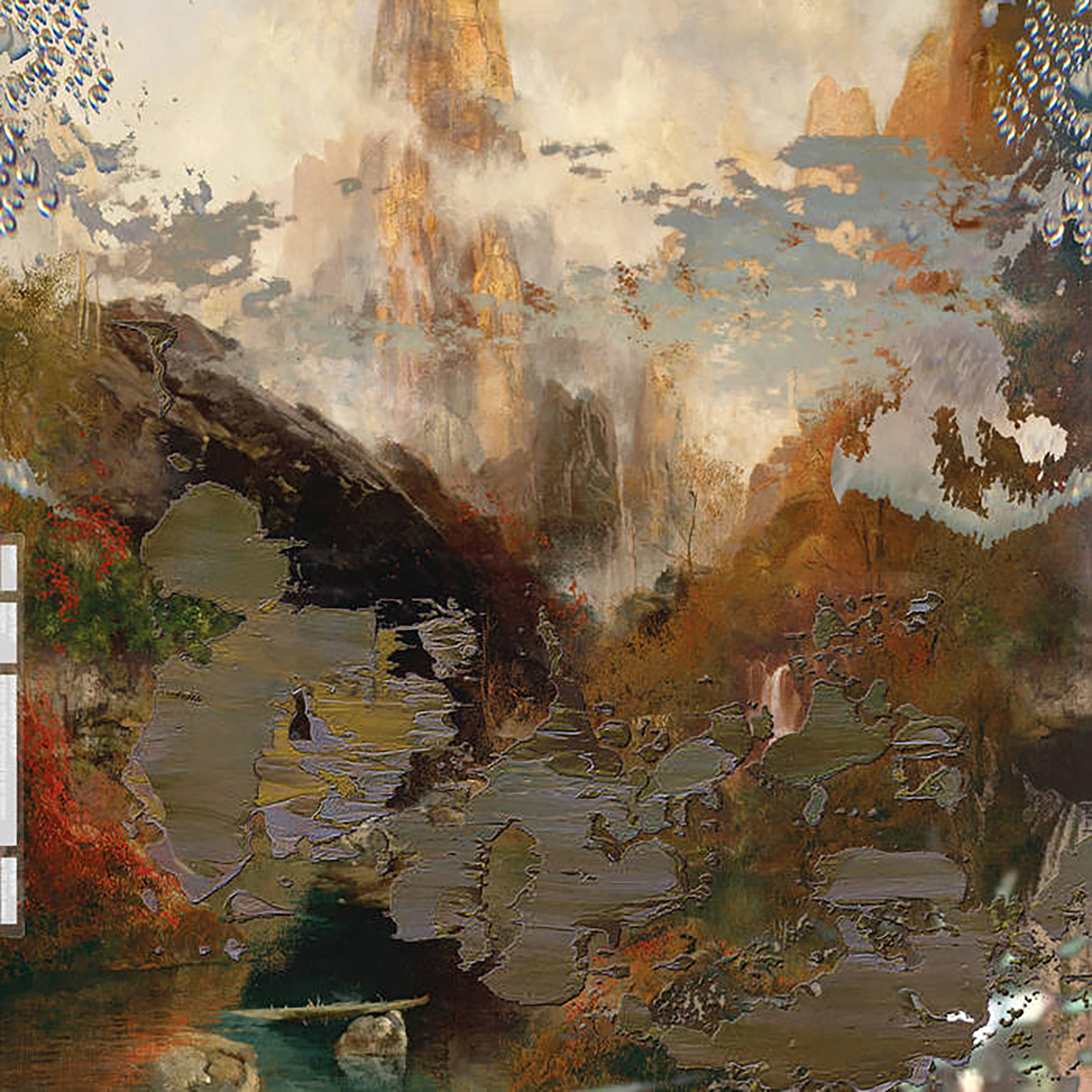 I believe I have been listening to Biosphere for at least 20 years now, but the project's evolution over the last five years or so has been especially fascinating, as Geir Jenssen's creative restlessness has led him to release one surprise after another. To my ears, 2016's Departed Glories remains the high water mark of this adventurous phase, but I am delighted that Jenssen seems to be actively looking for new challenges and that the results are almost invariably enjoyable and distinctive. This latest release continues that trajectory of endlessly breaking new ground, as the bulk of Angel's Flight was composed for a Norwegian dance production entitled Uncoordinated Dog. More significantly, all twelve pieces were crafted from repurposed fragments of Beethoven's "String Quartet No. 14." Unsurprisingly, much of the album would be unrecognizable to Beethoven, as Jenssen does an admirable job of blurring, stretching, blackening, and chopping his source material into a compellingly hallucinatory neo-classical fever dream.
I believe I have been listening to Biosphere for at least 20 years now, but the project's evolution over the last five years or so has been especially fascinating, as Geir Jenssen's creative restlessness has led him to release one surprise after another. To my ears, 2016's Departed Glories remains the high water mark of this adventurous phase, but I am delighted that Jenssen seems to be actively looking for new challenges and that the results are almost invariably enjoyable and distinctive. This latest release continues that trajectory of endlessly breaking new ground, as the bulk of Angel's Flight was composed for a Norwegian dance production entitled Uncoordinated Dog. More significantly, all twelve pieces were crafted from repurposed fragments of Beethoven's "String Quartet No. 14." Unsurprisingly, much of the album would be unrecognizable to Beethoven, as Jenssen does an admirable job of blurring, stretching, blackening, and chopping his source material into a compellingly hallucinatory neo-classical fever dream.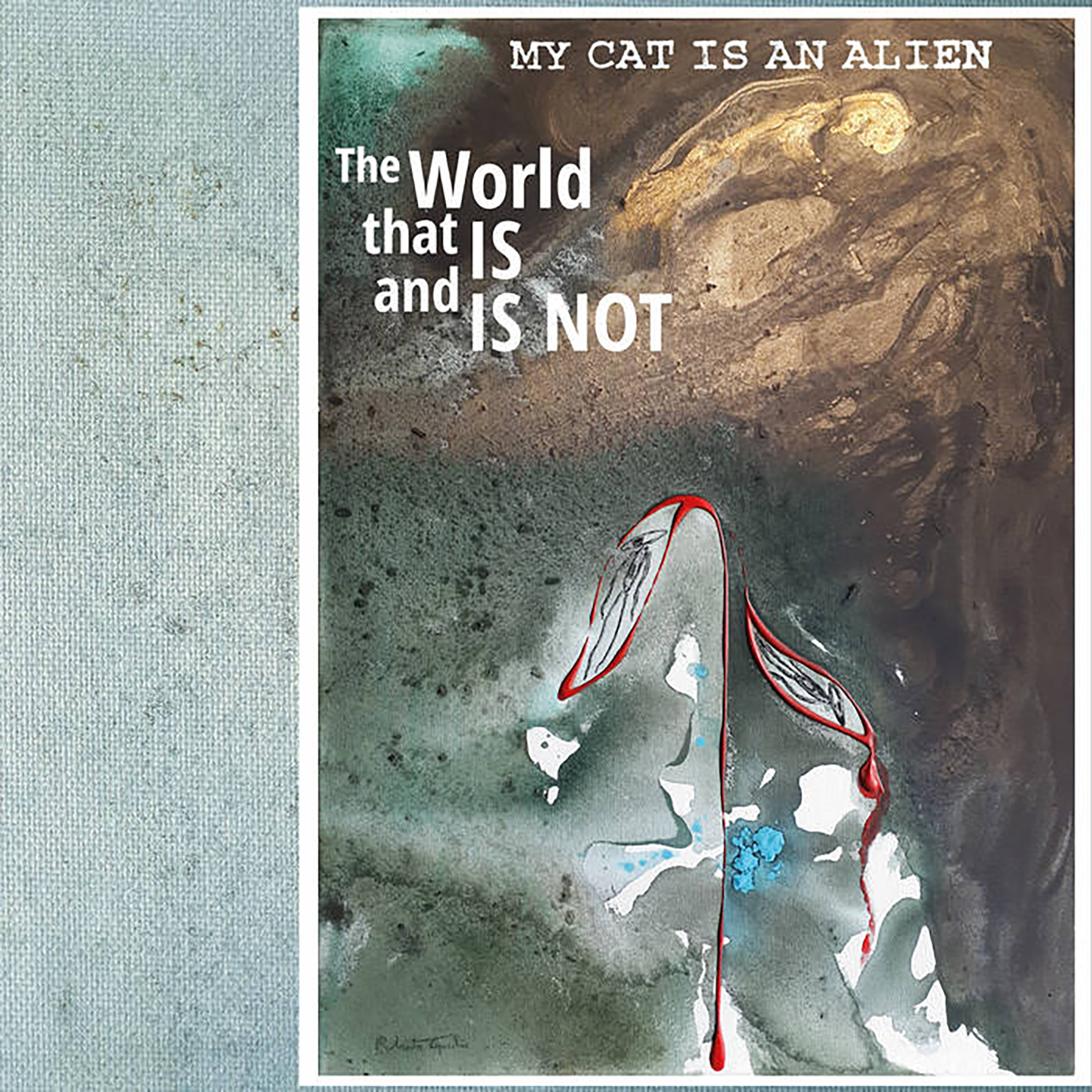 The Opalio Brothers somehow managed to release three strong albums last year, but I believe only this one was (spontaneously) composed and recorded during the pandemic. It was also inspired by it, as The World That IS and IS NOT is billed as a concept album of sorts: an "existential reflection" on a scenario "where everything seems to vanish into the void." That admittedly sounds like a recipe for a bleak album, but the Opalios arguably went the opposite route, heading in a warmer direction to illustrate how music and art can help us transcend the "spiritual disquiet and moral despair" of the current age. To new or casual fans, that increased warmth will probably be nearly imperceptible, as it will be largely eclipsed by the fundamentally outré and mind-meltingly psychedelic elements of this project. Longtime fans will definitely notice a difference though, as this is an unusually meditative album with a satisfying and purposeful arc. While I tend to enjoy the comparative unpredictability of MCIAA's collaborations the most these days, this one captures Roberto and Maurizio in especially inspired form on their own, as I would be hard-pressed to think of a more perfectly distilled example of their warped and wonderful vision.
The Opalio Brothers somehow managed to release three strong albums last year, but I believe only this one was (spontaneously) composed and recorded during the pandemic. It was also inspired by it, as The World That IS and IS NOT is billed as a concept album of sorts: an "existential reflection" on a scenario "where everything seems to vanish into the void." That admittedly sounds like a recipe for a bleak album, but the Opalios arguably went the opposite route, heading in a warmer direction to illustrate how music and art can help us transcend the "spiritual disquiet and moral despair" of the current age. To new or casual fans, that increased warmth will probably be nearly imperceptible, as it will be largely eclipsed by the fundamentally outré and mind-meltingly psychedelic elements of this project. Longtime fans will definitely notice a difference though, as this is an unusually meditative album with a satisfying and purposeful arc. While I tend to enjoy the comparative unpredictability of MCIAA's collaborations the most these days, this one captures Roberto and Maurizio in especially inspired form on their own, as I would be hard-pressed to think of a more perfectly distilled example of their warped and wonderful vision.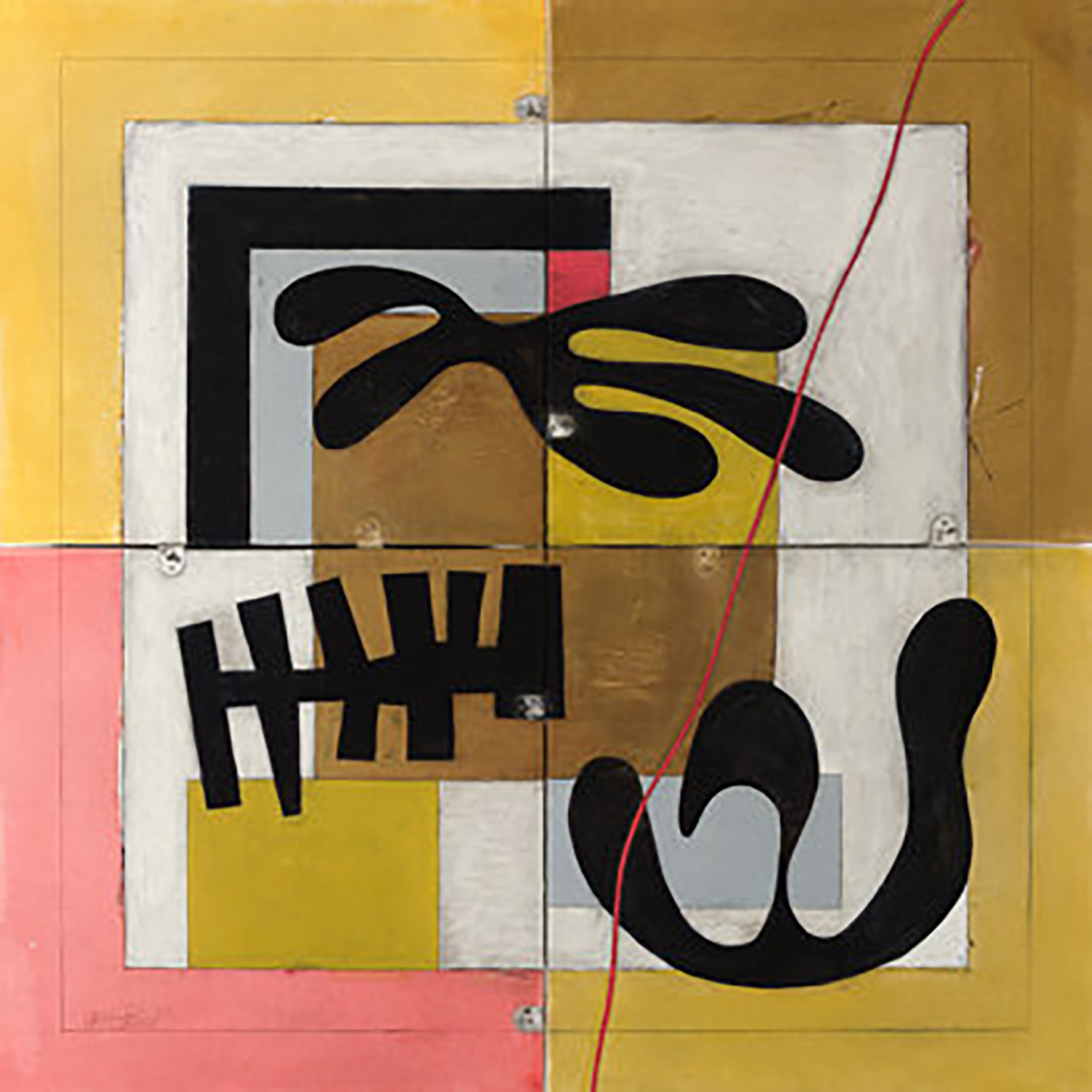 I am not sure which is more impressive: that Ashley Paul managed to compose a focused, inventive, and challenging album like this while living with a toddler or that she somehow managed to (remotely) form a tight new trio of like-minded collaborators during a pandemic lockdown. Admittedly, I was a bit apprehensive about the latter development, as the fragility and uneasy intimacy of Paul's past work has always been one of its more endearing aspects, but her instincts thankfully proved to be characteristically unerring, as Ray continues her recent streak of great albums. In fact, this is probably an ideal entry point to Paul's singular aesthetic, as it beautifully balances her more "broken" and discordant tendencies with an increased warmth, as well as a side that approximates a hallucinatory cabaret as envisioned by the Quay Brothers. It all works wonderfully, as this more varied approach yields some instant career highlights while sacrificing none of the precarious magic that made her work so unique and mesmerizing in the first place.
I am not sure which is more impressive: that Ashley Paul managed to compose a focused, inventive, and challenging album like this while living with a toddler or that she somehow managed to (remotely) form a tight new trio of like-minded collaborators during a pandemic lockdown. Admittedly, I was a bit apprehensive about the latter development, as the fragility and uneasy intimacy of Paul's past work has always been one of its more endearing aspects, but her instincts thankfully proved to be characteristically unerring, as Ray continues her recent streak of great albums. In fact, this is probably an ideal entry point to Paul's singular aesthetic, as it beautifully balances her more "broken" and discordant tendencies with an increased warmth, as well as a side that approximates a hallucinatory cabaret as envisioned by the Quay Brothers. It all works wonderfully, as this more varied approach yields some instant career highlights while sacrificing none of the precarious magic that made her work so unique and mesmerizing in the first place.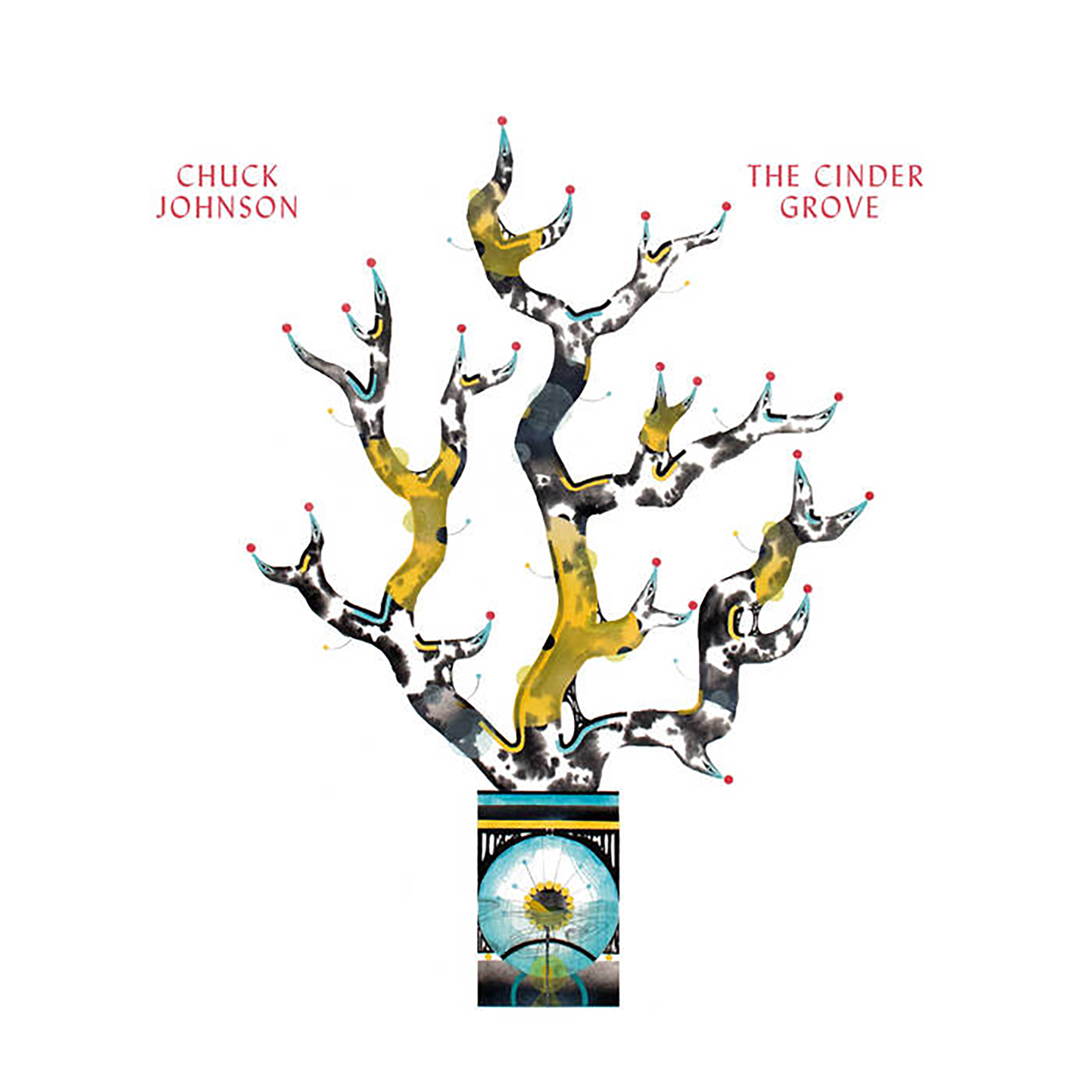
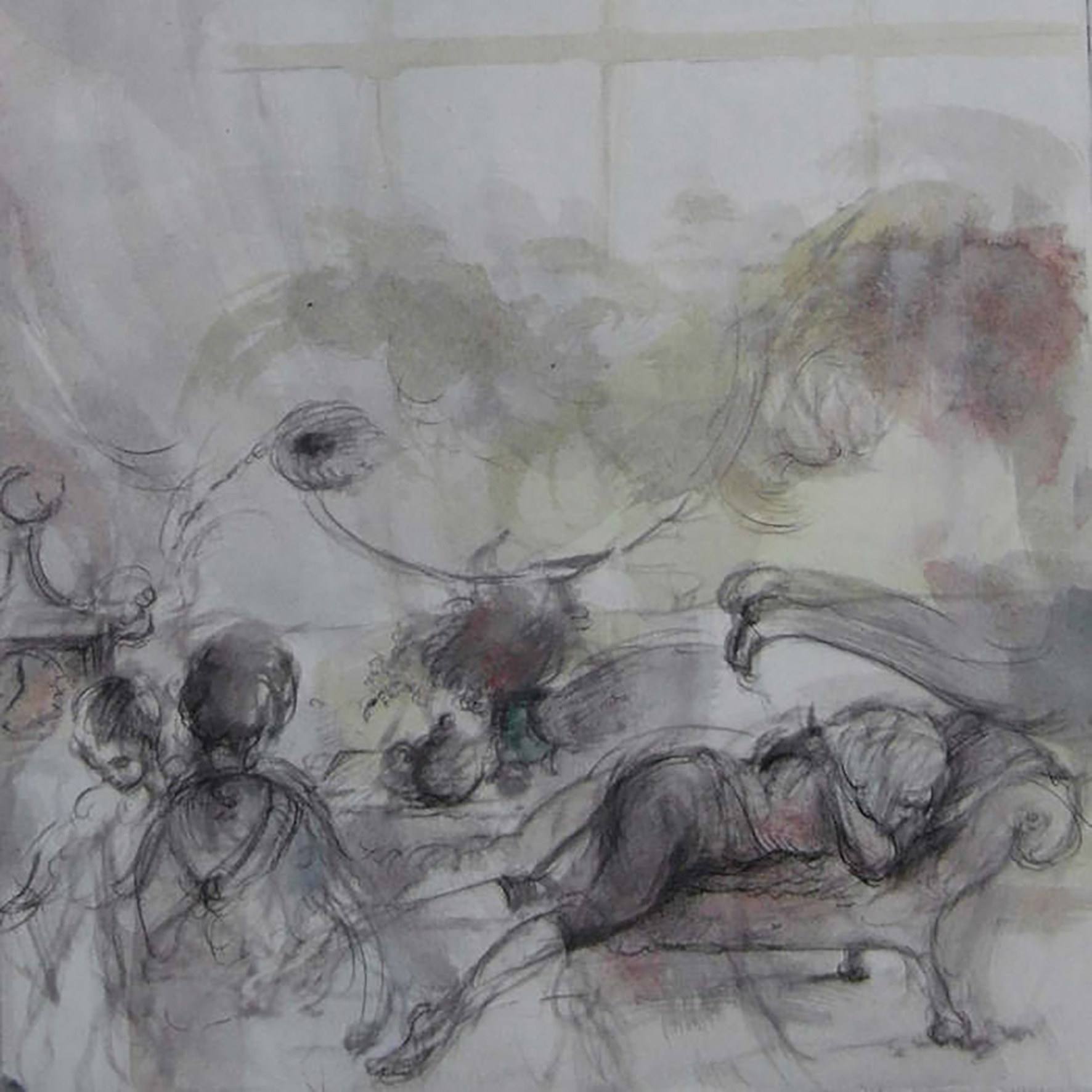
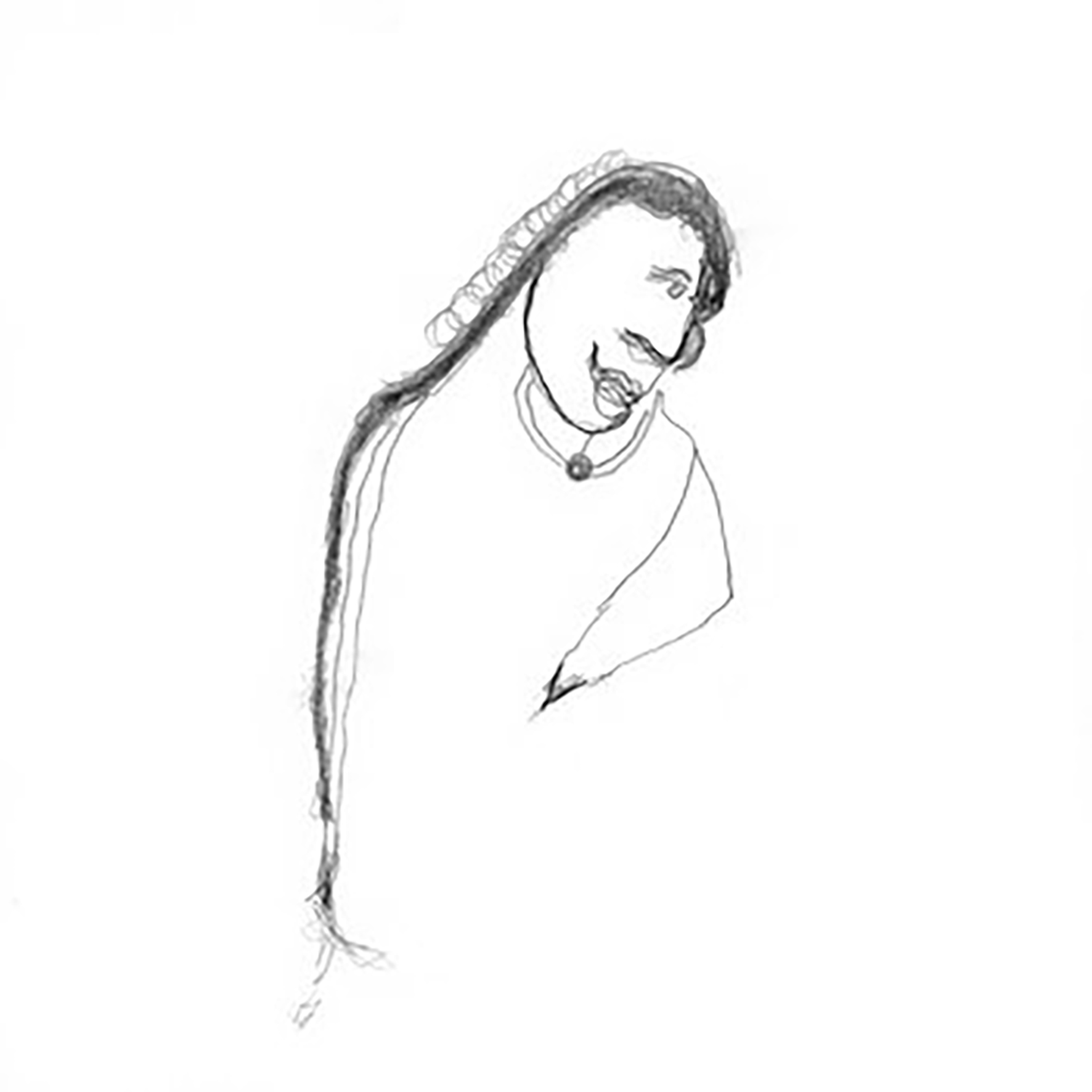
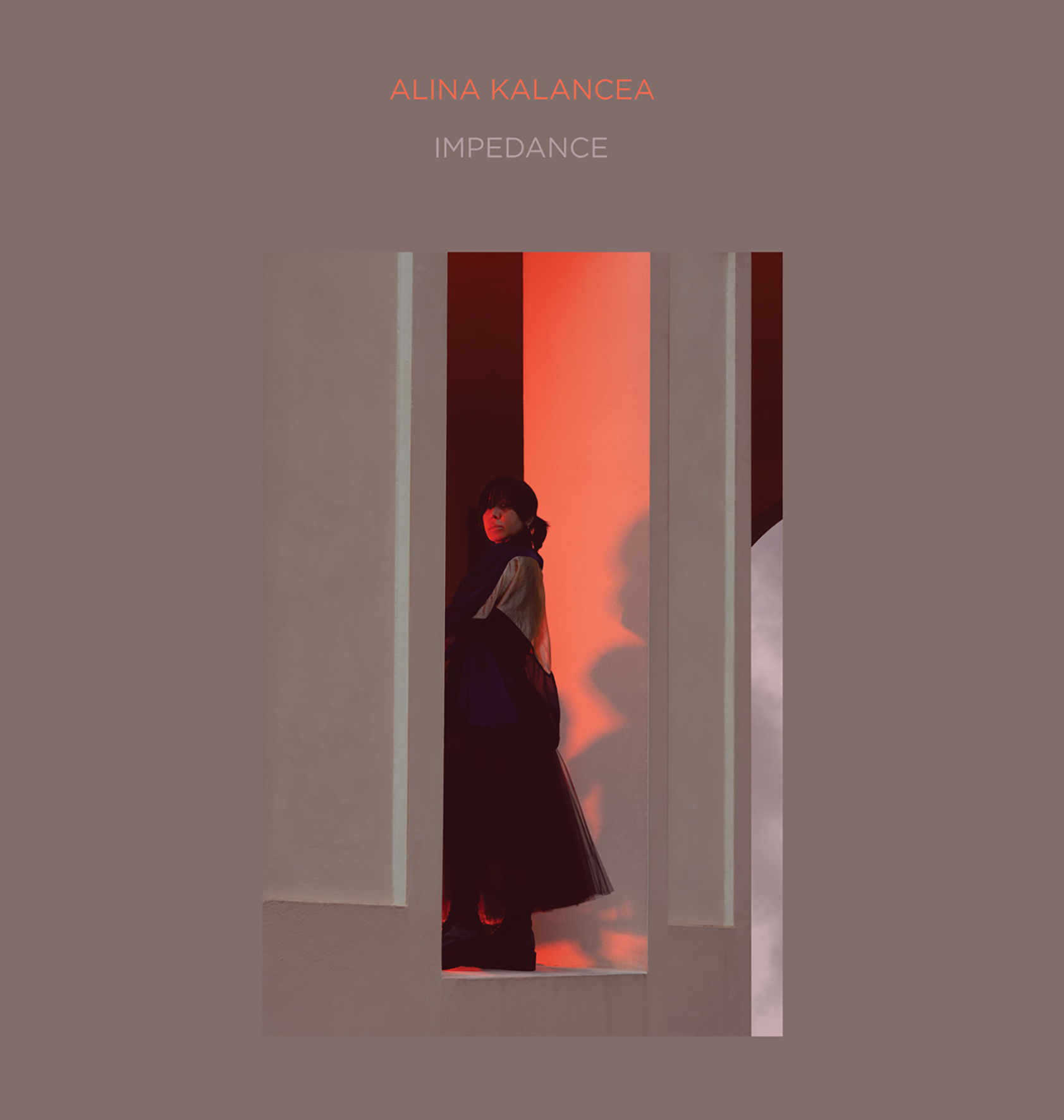

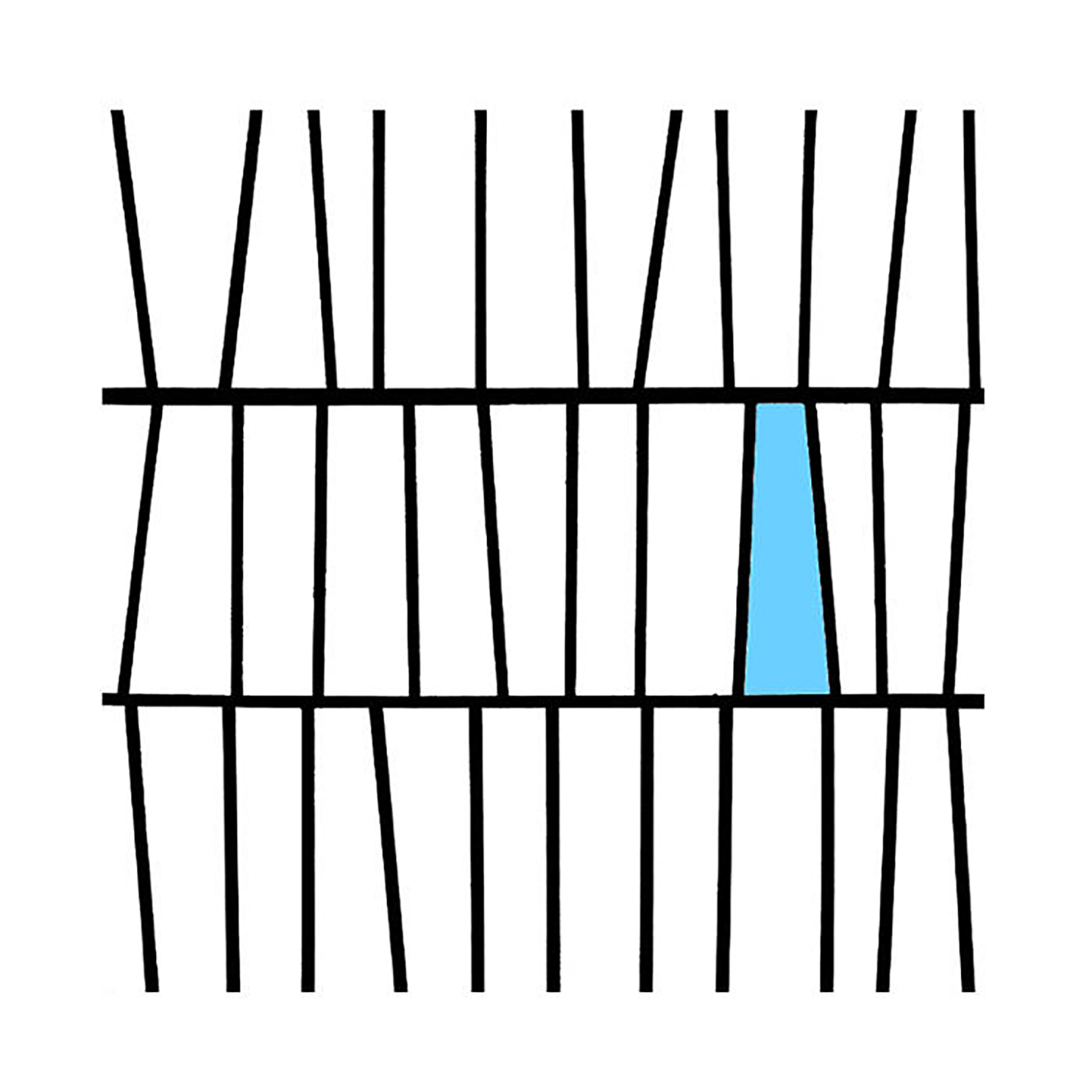

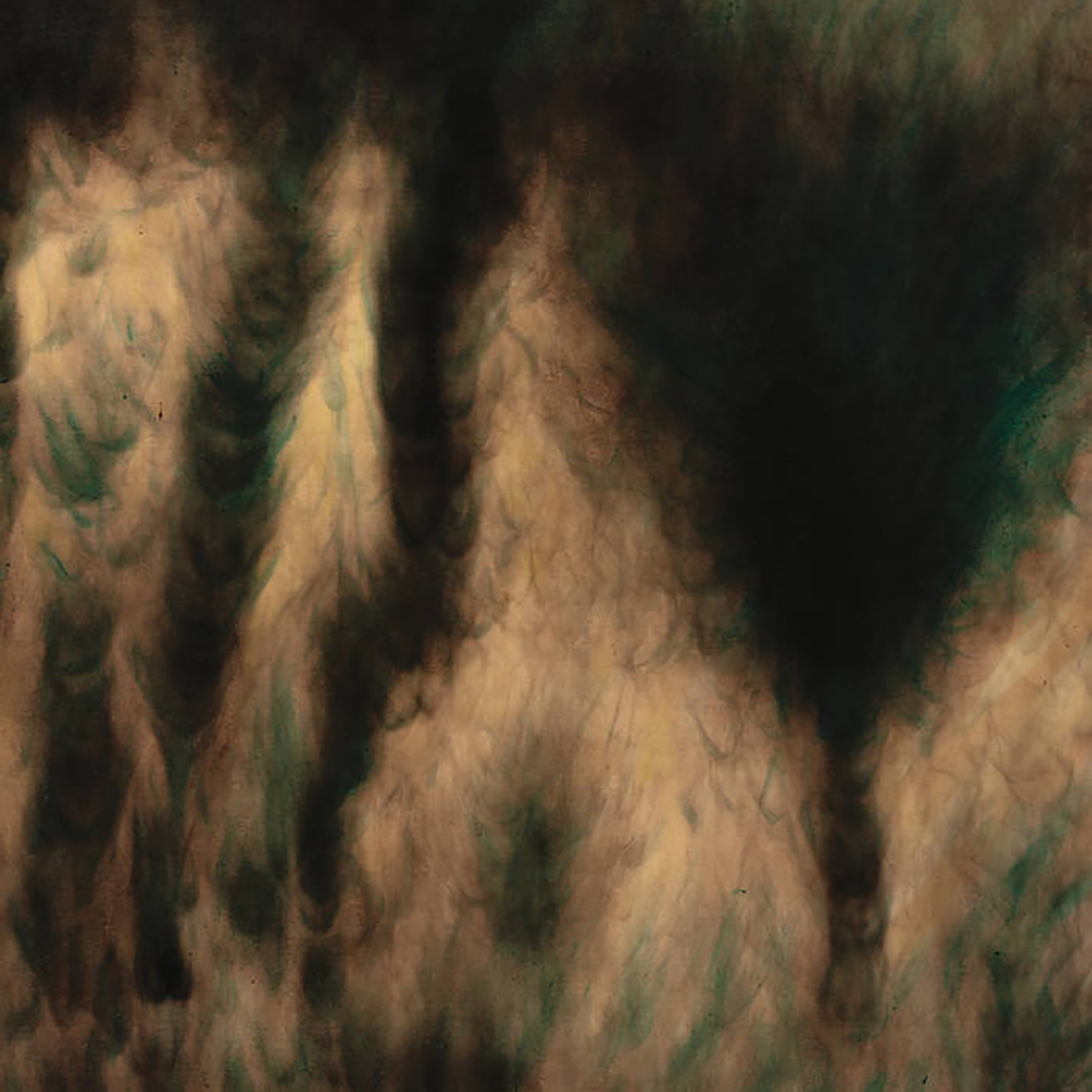

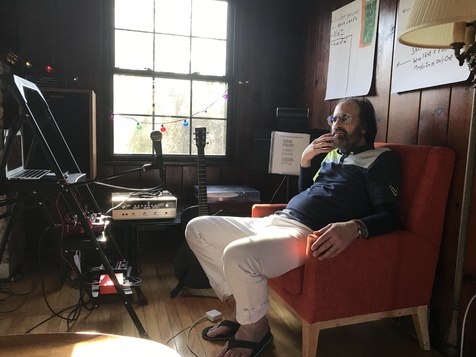
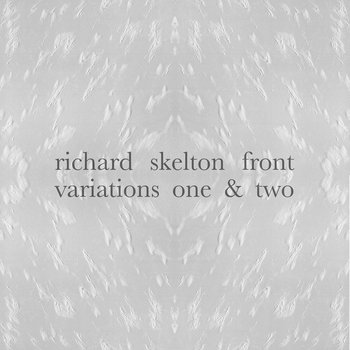

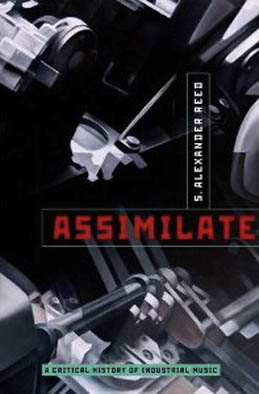 While there have been a few excellent books published about individual bands published over the years (Wreckers of Civilisation and England's Hidden Reverse spring to mind), no one has quite gotten around to writing a definitive history of industrial music yet. Reed, currently a professor of music at Ithaca College, has certainly made a valiant attempt though (and scored a major coup by getting Oxford University Press to put it out as well). Assimilate is essentially half of a truly wonderful book: Reed does a spectacular job chronicling both the formative years of industrial music and its ties to radical art movements, but ultimately gets bogged down a bit in theory and some perplexing choices in focus.
While there have been a few excellent books published about individual bands published over the years (Wreckers of Civilisation and England's Hidden Reverse spring to mind), no one has quite gotten around to writing a definitive history of industrial music yet. Reed, currently a professor of music at Ithaca College, has certainly made a valiant attempt though (and scored a major coup by getting Oxford University Press to put it out as well). Assimilate is essentially half of a truly wonderful book: Reed does a spectacular job chronicling both the formative years of industrial music and its ties to radical art movements, but ultimately gets bogged down a bit in theory and some perplexing choices in focus. In the past, I have definitely preferred Sublime Frequencies' musical releases to their cinematic ones, but Olivia Wyatt's follow-up to Staring into the Sun is quite a beguiling exception to that trend. Naturally, one major reason that this film is so great is the exotic and fascinating subject matter (Vodou pilgrimages in Haiti). However, Wyatt's skillful execution elevates her footage into something truly wonderful, lushly and kinetically capturing the unique and occasionally disturbing sights and sounds of a world that very few non-Haitians will ever to experience first-hand.
In the past, I have definitely preferred Sublime Frequencies' musical releases to their cinematic ones, but Olivia Wyatt's follow-up to Staring into the Sun is quite a beguiling exception to that trend. Naturally, one major reason that this film is so great is the exotic and fascinating subject matter (Vodou pilgrimages in Haiti). However, Wyatt's skillful execution elevates her footage into something truly wonderful, lushly and kinetically capturing the unique and occasionally disturbing sights and sounds of a world that very few non-Haitians will ever to experience first-hand.
